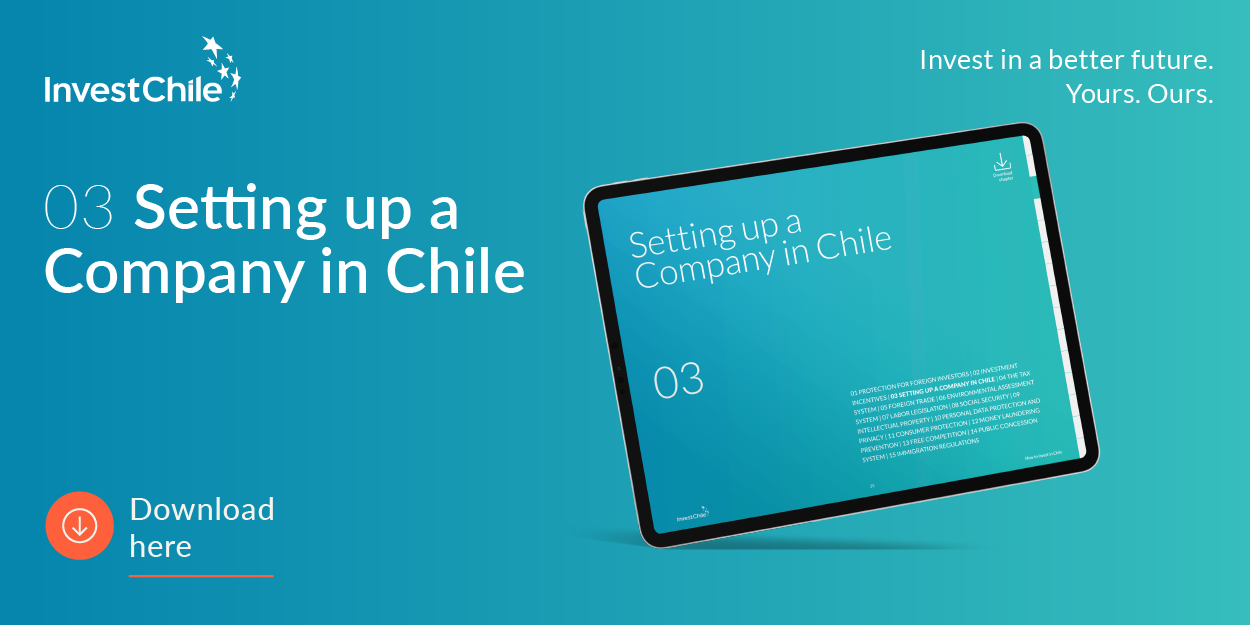Data centers are not all created equal: some of them serve and survive in the world’s most hostile environments. Here are a selection of facilities which have made extreme adaptations for locations which are above and beyond the everyday.

-
Sunken treasure: Microsoft servers on the ocean floor
In early 2016, Microsoft made a splash with Project Natick, a prototype data center which served Azure cloud from a pressure vessel full of nitrogen off the US Pacific coast. The sea is cool, and off-shore land is cheap and close to population centers. The next step? A patent suggests a large artificial reef.
-
Rack attack: Parachuting containers into a war zone
Modern warfare needs “edge” data centers. UK-based Cannon Technologies’ rugged sheet metal boxes were flown into Afghanistan and quickly set up to support Army operations, with custom cooling systems to handle dust and heat.
-
Blast from the past: A data center in a nuclear bunker
Data Shelter’s colocation facility in Fort Pierce, Florida, was originally an AT&T-built Cold War-era nuclear bomb shelter. First operated in 1964, it was part of the AUTOVON network, a worldwide American military telephone system designed in case of all-out war.
It was built with double layer steel-reinforced concrete on a nine-foot thick blast slab. It has two exterior entrances with armored steel blast doors. Features include chemical, biological, radiological and nuclear (CBRN) emergency air filtration, FEMA P320 safe room standards for Category 5 hurricane and EF5 tornado resilience and a Tier IV Design certification from the Uptime Institute.
-
The final frontier: A data center in the sky
In August 2017, SpaceX’s Falcon 9 rocket launched cargo to the International Space Station that included what will be an HPE supercomputer. Known as the Spaceborne Computer, the system is a joint HPE and NASA project to see if it is possible to design a commercial computer able to withstand the challenging conditions of space. If they are successful, similar tools will play a critical role in missions deep into space beyond Earth.
-
Some like it hot: Free cooling in the Middle East
Kuwait and Dubai contain the world’s hottest cities, with summer temperatures regularly above 44ºC. They are characterized by their great demand for data. So far data centers there use mechanical cooling, but engineer Noriel Ong of Syska urges “free” cooling with outside air.
A 1MW data center in Riyadh can be cooled with outside air for 82% of the year according to Ong. The vast majority of the outside air cooling is with adiabatic cooling, which consumes water. Despite the cost of water in the region, this would still represent a saving of US$148,000 per year over full-time mechanical cooling.
-
The nuclear option: Russia’s largest data center
Russia’s nuclear power firm Rosenergoatom is building a data center at its 4GW power station in Udomlya. The facility will have up to 10,000 racks and could draw as much as 80 MW from the reactor.
Rosenergoatom will use about 10% of the data center’s capacity while the rest will be available to commercial customers. Among its benefits, the data center will provide a market for surplus electricity, and could enable foreign companies to meet Russia’s stringent data residency laws.
-
ALMA Correlator: The world’s highest data center
The Atacama Large Millimeter Array (ALMA) radio telescope, at 16,500 feet above sea level on the Chajnantor Plateau in the Chilean Andes, combines signals from multiple antennas 16 km. apart. The signals are processed at the world’s highest-altitude data center: the ALMA Correlator.
The 140kW facility performs up to 17 quadrillion image processing operations per second. It needs twice the normal airflow for an equivalent facility, as the atmosphere is thin. The thin air and the risk of earthquakes also ruled out hard drives, so the Correlator is diskless. Finally, in that air, it took the engineers 20 weeks to unpack and install the machine.
-
Buried alive: 125ft deep data center
There are plenty of underground data centers but the deepest online facility we know is Cavern Technologies, 125ft below the ground in Lenexa, Kansas.
The Lenexa caves are natural limestone formations, which hold a 3 million sq ft business park and significant parts of the US National Archive - including President Kennedy’s autopsy data. Cavern has expanded multiple times, and now has 300,000 sq ft of data center space, and up to 50MW of power.
-
Time capsule: Store your data for the end times
Svalbard, the northernmost settlement in the world with a permanent civilian population, has long appealed to those wishing to store precious objects in case of disaster. Already home to the famous Global Seed Vault, the Norwegian archipelago is now the site of a unique data center.
Developed by storage company Piql and mine operator SNSK, The Arctic World Archive stores data on film for 500-1,000 years. Piql essentially converts data into QR-codes on 35mm film that simply represents binary code. As it is film, it can also include images and written text to explain how to access that code, in case the technology becomes obsolete or those who know how to use it die.
-
Permanent winter: The challenge of raising the temperature
With air temperatures of -40 °C, the IceCube Lab at the Amundsen-Scott South Pole Station has to warm the air it uses in the data center. If suddenly cooled to the outside air temperature, its hard drives would die. The lab serves the IceCube Observatory, a neutrino detector with strings of optic sensors buried a kilometer deep in the Antarctic ice, searching for the fallout of cataclysmic astronomical events.
The lab has 1,200 computing cores and three petabytes of storage. IT staff make brief visits in the Southern summer; for the rest of the year, they must work remotely with the help of the year-round scientific staff, and a store of spare parts. Communication is via the 2.4kbps Iridium satellite network, with 10 hours a day of 1Mbps broadband from NASA satellites.
To learn more about investment opportunities in data centers and digital infrastructure in Chile, see the following article.
Source: DatacenterDynamics (DCD) and InvestChile.



%2017.11.51.png)

